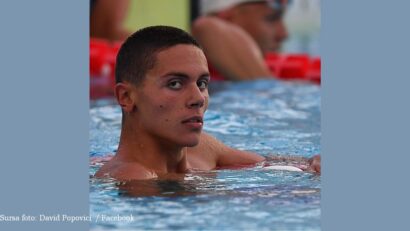The Road to the Olympics – Horse Rider Henri Rang
The horse has always played a crucial part in Romanias rural civilization. That explains why horse racing is one of Romanias traditional sports. To this day, lads from Romanian villages compete in horse racing, either galloping or in horse drawn carriag

Eugen Cojocariu, 26.04.2012, 15:39
Small wonder then that Romania’s first medal in an individual event was scooped in horse racing. Saying it was an individual event is just one way of looking at it: the success equally goes to the rider and the horse, and it is really hard to tell which of the two is more important, the animal’s talent or the mastery of the one riding it.
The medal – winning couple was made of cavalry lieutenant Henri Rang and the horse Delfis. In 1936 at the Berlin Olympics the two came on runner-up position in the steeplechase event.
Rang and Delfis had made an excellent progress in the competition. However, they had to compete in the playoffs against German lieutenant Kurt Hasse, who was riding Tora. And from here, tales vary according to their source. Were we to give credit to the Sports Gazette of that time, Tora was the first to start its race. At the last hurdle, however, Tora failed to ride over and ended its route with a penalty. It was now time for the Romanian stallion to take an elegant start. Delfis speedily jumped over the first hurdles, and that brought the German audience to a standstill. The prospect of gold was growing ever more distant. Yet ahead of the last hurdle, the most difficult one, the one Tora had failed to ride past, Delfis would also touch the upper beam, which was also a penalty for the Romanian horse. The German public burst with joy, and their joy was complete when the speaker announced lieutenant Hasse’s success on account of a shorter timing during the route.
Little is known about lieutenant Henri Rang. He was born in 1902. Rang was part of Romanian golden generation of horse riding, where the most popular name was that of Felix Topescu. Rang participated in the top-flight international competitions until the breakout of World War II. He died an untimely death in 1946, when he was only 44.





























